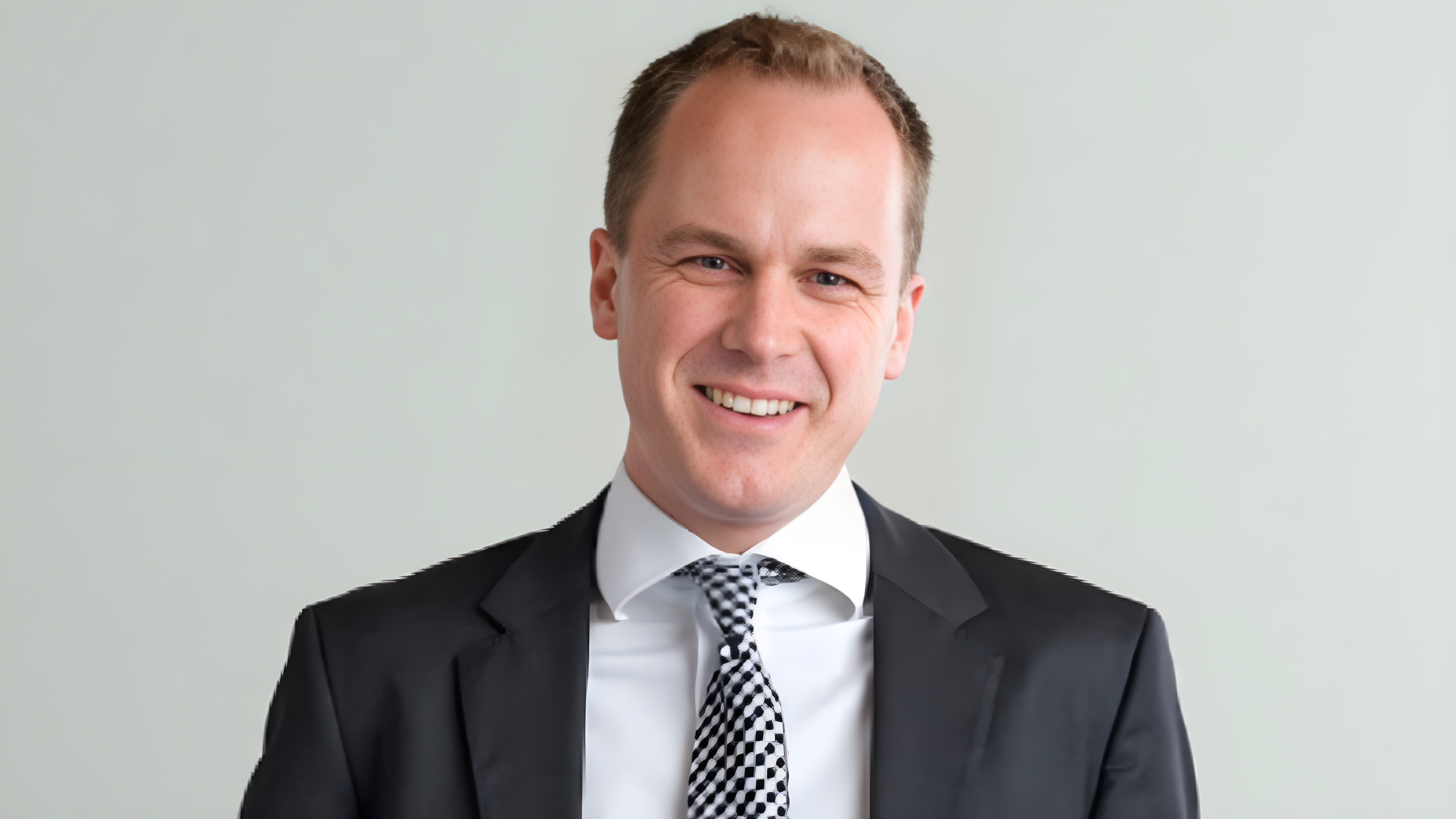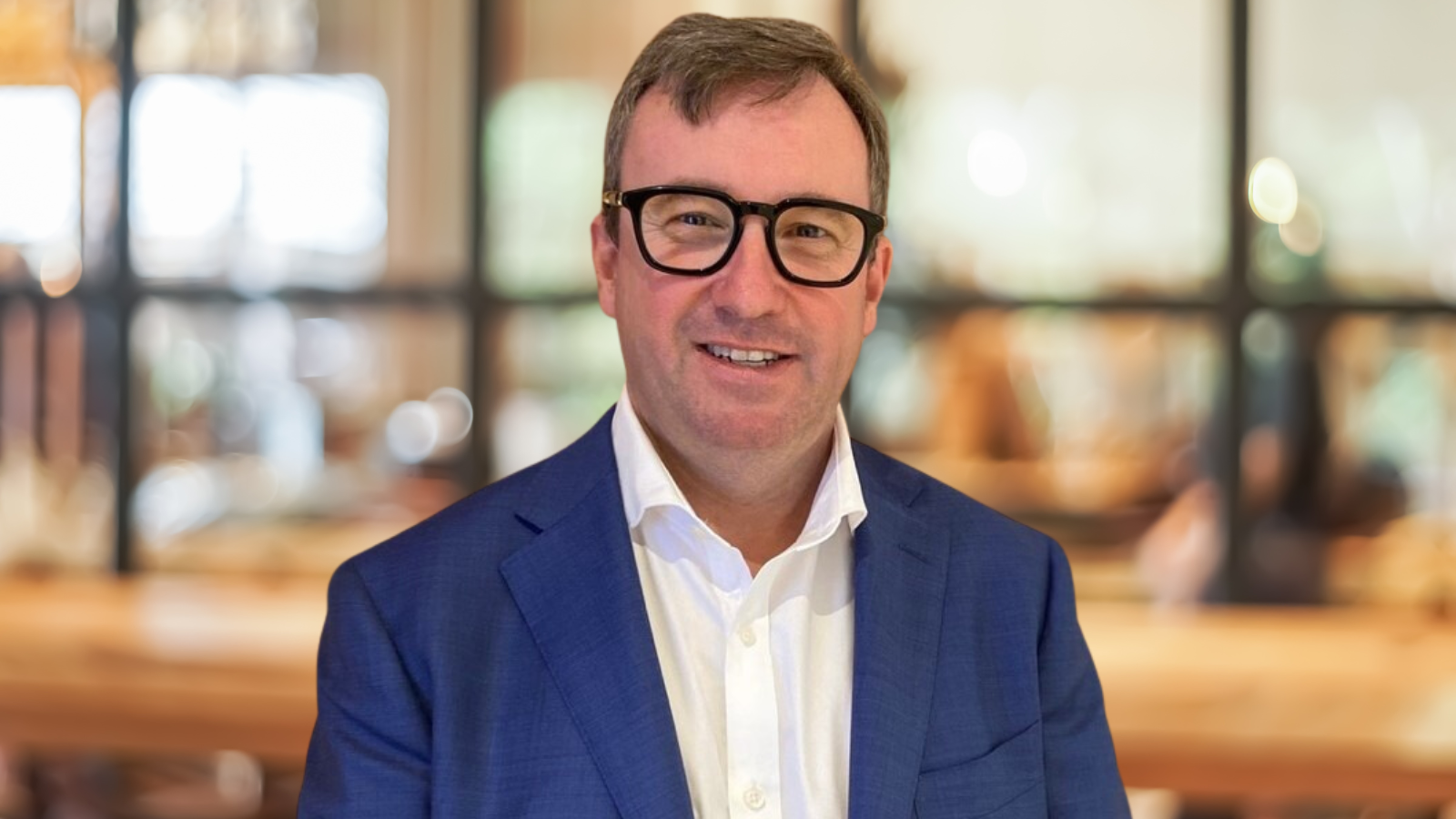Term deposit rates rise, but shares may suit better for long term
With official interest rates potentially close to peaking, some investors may be thinking about locking into a longer term deposit rather than investing in shares, but this may come at the expense of long-term returns according to investment experts.
The Reserve Bank of Australia (RBA) in June increased the cash rate for the 12th time since April 2022 to 4.1 per cent, the highest level for a decade. The good news is that term deposit rates have kept on climbing, rewarding savers with greater returns.
According to data from the RBA, the average interest rate on banks’ one-year term deposits was 3.25 per cent p.a. in May, up from just 0.40 per cent a year earlier. The average interest rate on three-year deposits was also 3.2 per cent p.a, also up from 0.75 per cent a year ago. Even better, the average interest rate on bank bonus saving accounts was 4.45 per cent. But many non-bank lenders are offering higher rates on term deposits than banks, which is pushing returns above these levels offered by banks.
“Interest rates on term deposits are going up – and very quickly. No one can really predict exactly what is going to happen with interest rates. However, if the RBA does increase the cash rate again, which many economists are saying it will, we could see term deposit rates rise even further,” says Alison Banney, money expert at Finder.
Tristan Bowman (pictured), a director with wealth management firm Cameron Harrison, says higher term deposit rates are effectively a pay increase for holders of capital. “You are now generating higher levels of income without taking on any greater risk.”
Historically, domestic shares have provided greater income through dividends than fixed income assets. However, “in 2023, that dynamic has flipped; the ASX200 now trades on a forward yield of 6.1 per cent and a diversified portfolio of investment grade bonds can deliver 6 per cent or more. The bottom line now is that higher risk does not deliver higher income. If an investor needs to deliver a 6 per cent income yield to fund their lifestyle, they can now do this without taking market risk,” Bowman says.
However, putting too much into term deposits and fixed income can cause problems over the long run. Although the return provided by term deposits has risen significantly over the past 12 months, the longer-term return from growth assets such as shares and property will be greater.
“For example, the Australian share market has returned almost 10 per cent per annum over the long term. This compares to current term deposit rates of between 4.5 per cent to 5 per cent per annum. The key consideration though is that the return from shares is an average, and therefore you need to commit to a longer-term investment time frame to benefit from these returns,” says Glenn Fairbairn, director and wealth adviser at Hewison Private Wealth.
“Before making a decision as to whether you should invest in shares or a term deposit, you need to consider your objective and timeframe of investment. Given the potential for short term market fluctuations, shares should only be considered for an investment timeframe of at least five to seven years. Over this period, history has shown that shares have a greater probability of providing positive returns. Alternatively, term deposits provide capital security and certainty, therefore may be a better alternative for shorter term objectives,” Fairbairn says.
“Sitting on the sidelines and attempting to time investments is fraught with danger. By simply missing the 10 days of the market, history has shown that you could half your investment return.”
Do your research to find the best rate
Either way, whether you go for a short- or longer-term deposit, shopping around is essential. The gap between the lowest and the highest savings account interest rates widens with every RBA hike as the big banks pick and choose which savings accounts get a boost and which miss out, according to Finder’s Banney.
“Smaller lenders, credit unions and digital banks are certainly offering more competitive rates compared to the big four. As always, it’s a good idea to negotiate your rate with the bank to see if you can get a better deal,” says Alison Banney, money expert at Finder.
“Some banks do offer better rates for high-net worth investors and others with large deposits, so if you fall into this category, it’s worth speaking with your bank directly to see what they can do.”
Banney notes that on Finder’s database, the best 1-year term deposit rates are as follows:
- 5.00 per cent p.a. Bank of Sydney
- 5.00 per cent p.a. ME Bank
- 4.90 per cent p.a. Judo
And the best 3-year rates:
- 4.90 per cent p.a. Judo Bank
- 4.85 per cent p.a. Rabo bank
- 4.70 per cent AMP









